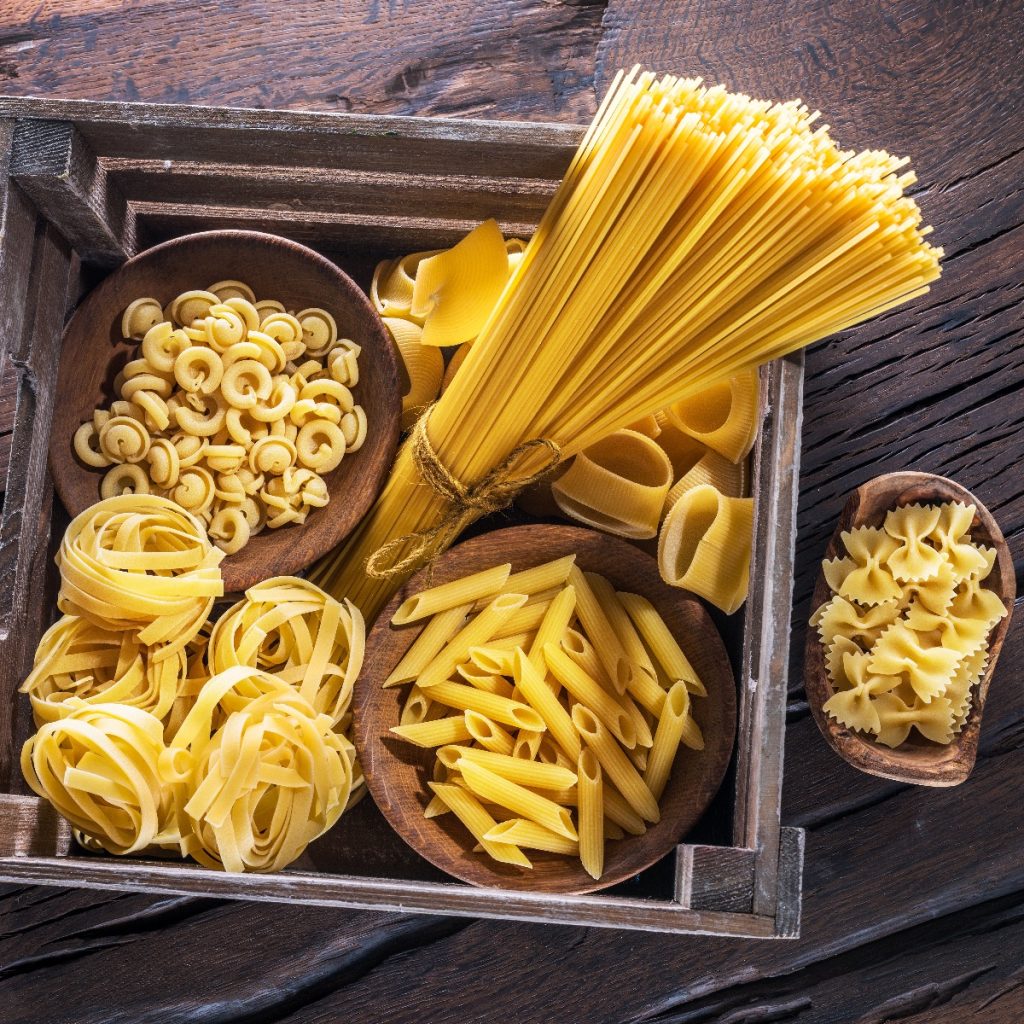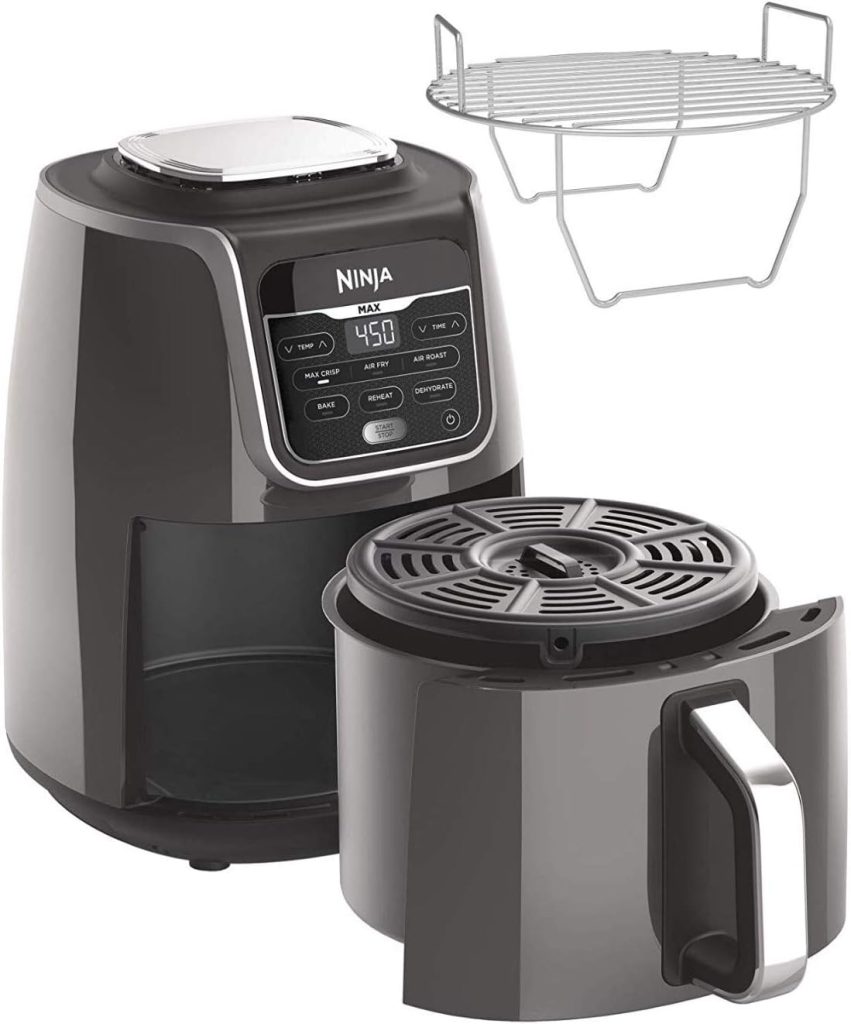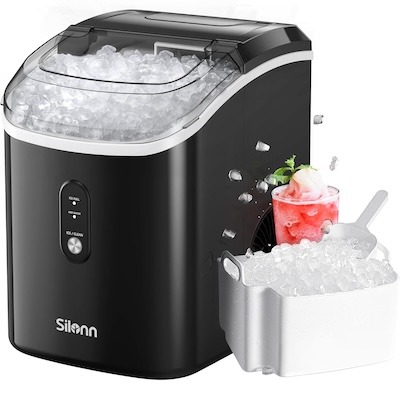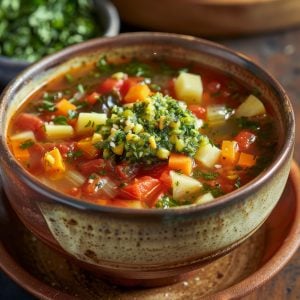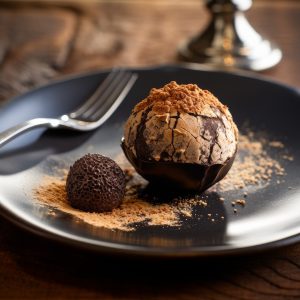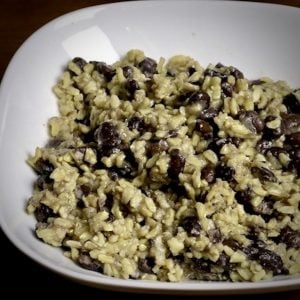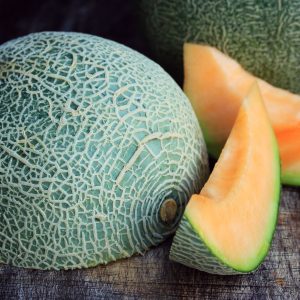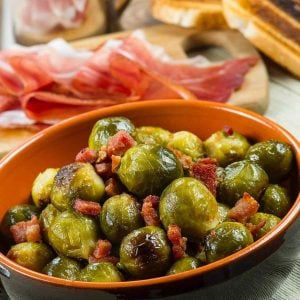All About Pasta
We eat a lot of post in our house. It’s probably my favorite food ingredient to cook with. There are so many variations between types of pasta and sauces that go with them.
In this post, I’ll look at pasta from its history, varieties, strange shapes, fun facts, and more.
The exact origin of pasta needs to be clarified, but it is believed to have been invented by the ancient civilizations of the Mediterranean, specifically in Greece and Rome. There is evidence that pasta may have been developed independently in multiple locations worldwide.
In China, for example, a noodle-like food called “mian” was made as early as 3000 BC, while in the Middle East, a similar food called “itriyya” was made by the 10th century.
The popularization of pasta in Italy is believed to have been introduced by Arab traders in the 8th century, who brought a type of noodle made from durum wheat to Sicily. However, in the 13th century, pasta began to be widely produced and consumed in Italy.
So while it’s difficult to attribute the invention of pasta to any one person or culture, it is clear that pasta has a long and rich history that spans many different civilizations.
The history of pasta is long and complex, and its exact origin is still a matter of debate. However, here is a brief overview:
- Ancient civilizations: Some evidence suggests that the ancient Greeks and Romans may have made pasta using flour and water. The Etruscans, who lived in what is now central Italy, also had a tradition of making a type of noodle.
- Middle Ages: By the Middle Ages, pasta had become a staple food in many parts of Europe. In Italy, pasta was made by hand in small batches and was often dried in the sun.
- Renaissance: In the 14th and 15th centuries, Italian pasta makers began experimenting with new pasta shapes and varieties, including long strands (spaghetti) and small shapes (macaroni).
- Industrialization: In the 19th century, the industrialization of pasta production led to the mass production and distribution of pasta throughout Italy and beyond.
- Immigration to the Americas: In the late 19th and early 20th centuries, Italian immigrants brought their pasta-making skills to the Americas, where they established successful businesses and helped spread pasta’s popularity.
Today, pasta is enjoyed in many different countries and cultures and is made in various shapes and styles. It continues to be a staple food in many parts of the world, and its versatility and ease of preparation have contributed to its enduring popularity.
Italy is strongly associated with pasta for a few reasons:
- Cultural heritage: Italy has a long-standing tradition of pasta-making, and it has been a central part of Italian cuisine for centuries. Italy has developed various pasta dishes and sauces that are now beloved worldwide.
- Geographic factors: Italy’s geography, climate, and soil make it an ideal place for growing wheat traditionally used to make pasta. The country’s many rivers and streams also gave early pasta makers the water necessary to create the dough.
- Industrialization: In the 19th century, pasta production became industrialized in Italy, leading to the mass production and distribution of pasta throughout the country and beyond. This helped to popularize pasta as a staple food in Italian households and contributed to its association with Italian cuisine.
- Marketing: In the 20th century, Italian immigrants brought their pasta-making skills to the United States, where they established successful businesses and helped spread pasta’s popularity. The marketing efforts of these businesses, combined with the increasing popularity of Italian cuisine, further reinforced the association of pasta with Italy.
The combination of cultural heritage, geographic factors, industrialization, and marketing contributed to Italy’s strong association with pasta.
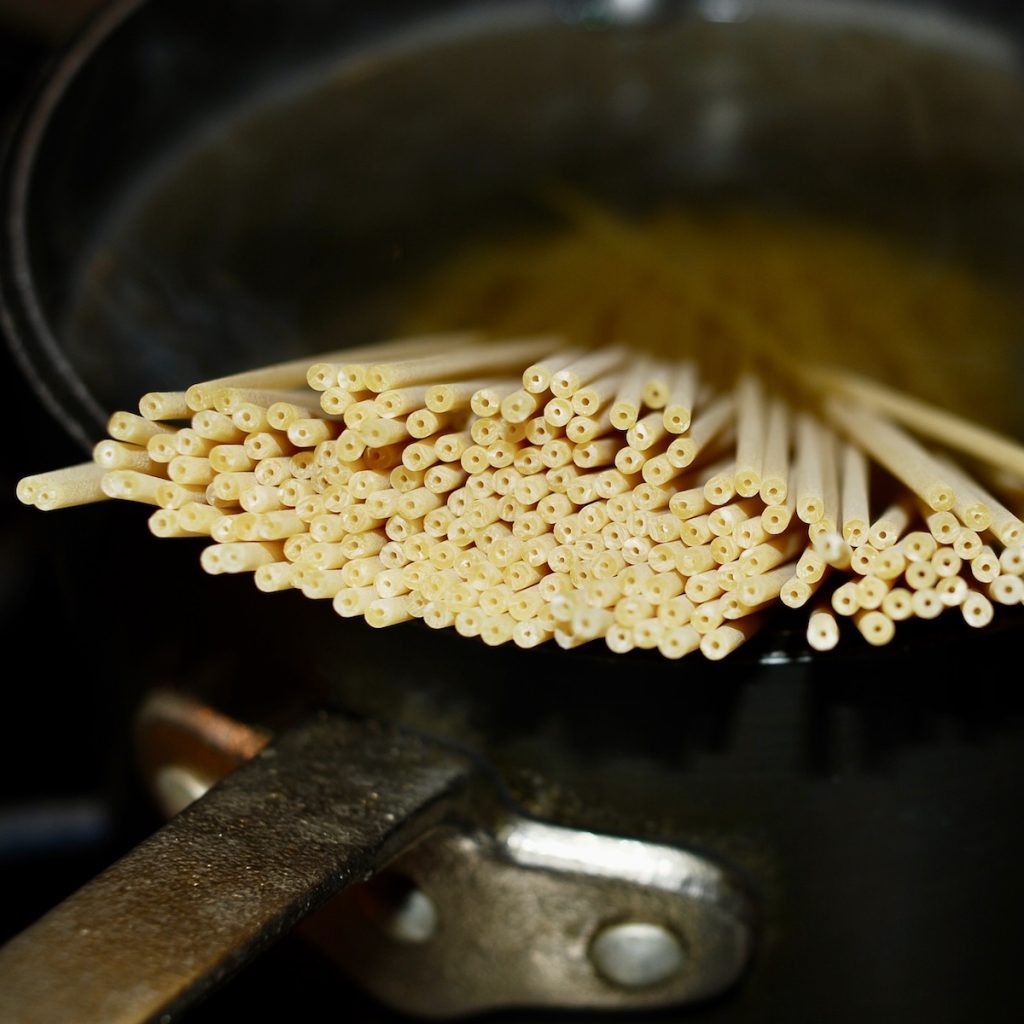
Pasta is cut into many different shapes for both functional and cultural reasons. Here are some reasons why:
- Functional: The shape of pasta can affect how it holds onto sauces and how it cooks. For example, long and thin pasta shapes like spaghetti are ideal for lighter sauces that can coat the strands evenly. In comparison, short and sturdy pasta shapes like rigatoni are better suited for thicker and heavier sauces that can be trapped inside the pasta’s ridges.
- Tradition: Different regions in Italy have their traditional pasta shapes and dishes, often shaped by local ingredients, culture, and history. For example, orecchiette (meaning “little ears” in Italian) is a pasta shape from Puglia traditionally served with broccoli rabe and anchovies.
- Aesthetics: Pasta shapes can also be designed for their visual appeal and can range from simple and elegant to complex and intricate. Some pasta shapes are even explicitly created for special occasions like holidays or weddings.
- Texture: Some pasta shapes are designed to create a specific texture when eaten. For example, the ridges on penne pasta can help sauces cling to the surface, while the hollow center of bucatini pasta creates a unique mouthfeel.
There are many different types of pasta, but they can generally be grouped into a few main categories based on their shapes. Here are some of the most common categories:
- Long: This category includes pasta shapes that are long and thin, such as spaghetti, linguine, and fettuccine. These shapes are often served with lighter sauces that can coat the strands evenly.
- Short: This category includes pasta shapes that are short and sturdy, such as penne, rigatoni, and fusilli. These shapes are often served with thicker sauces that can be trapped inside the pasta’s ridges.
- Flat: This category includes pasta shapes that are flat and wide, such as lasagna and fettuccine. These shapes are often used in baked pasta dishes or layered with sauces and cheeses.
- Tubular: This category includes pasta shapes that are tube-shaped, such as ziti, macaroni, and cannelloni. These shapes can be stuffed with fillings or used in baked pasta dishes.
- Small: This category includes pasta shapes that are small and often used in soups, such as orzo, ditalini, and stelline.
- Special shapes: This category includes pasta shapes that are unique and often created for special occasions or dishes, such as farfalle (bow-tie pasta), conchiglie (shell-shaped pasta), cavatelli, and cavatappi (corkscrew-shaped pasta).
These categories are not exhaustive, and many other types of pasta do not fit neatly into one specific category. However, these main categories can help provide a framework for understanding pasta’s different shapes and uses.
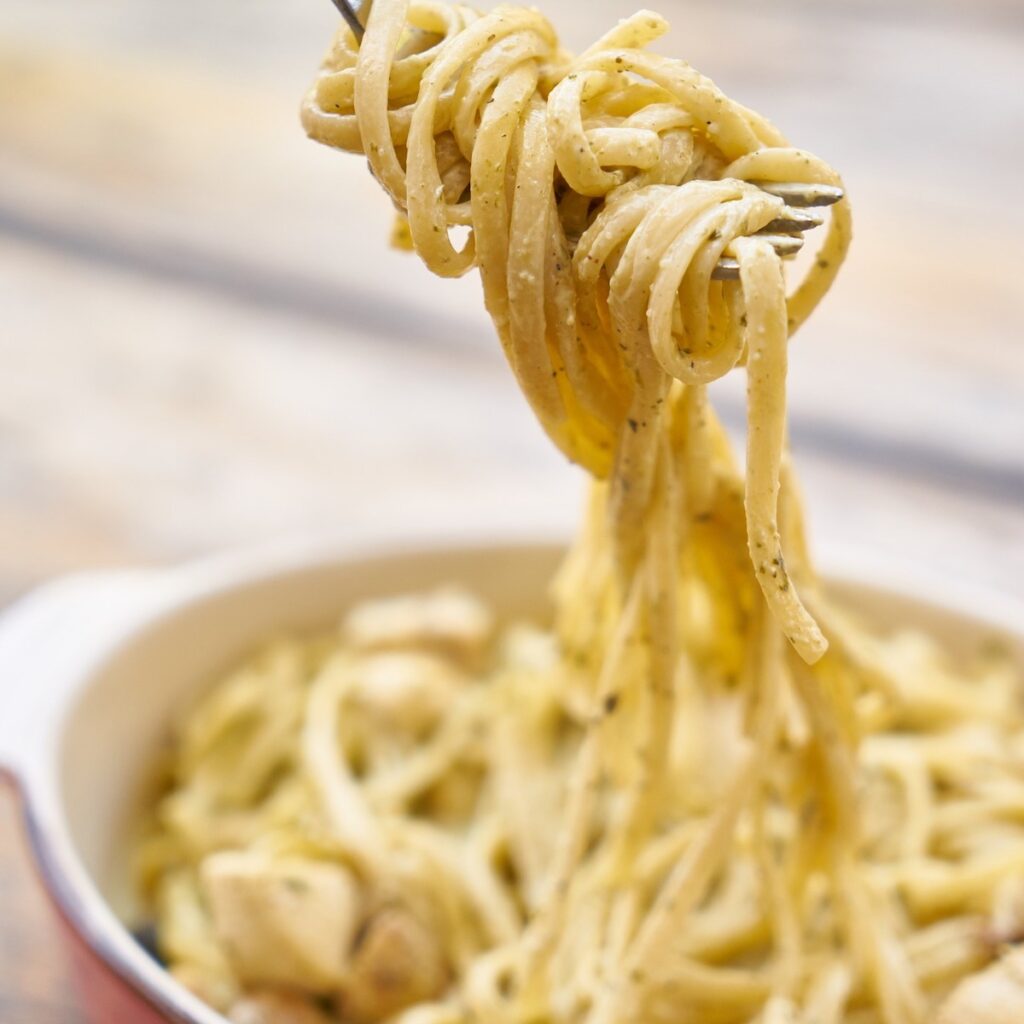
Pasta Name | Shape Category | Best Sauce Pairing |
| Spaghetti | Long | Tomato-based, oil-based, or light cream sauces (e.g., marinara, aglio e olio, carbonara) |
| Fettuccine | Flat | Rich cream-based sauces or hearty meat sauces (e.g., Alfredo, Bolognese) |
| Linguine | Long | Seafood-based or light oil-based sauces (e.g., clam sauce, pesto) |
| Penne | Tubular | Chunky vegetable or meat sauces (e.g., arrabbiata, sausage ragu) |
| Rigatoni | Tubular | Thick meat or cream-based sauces (e.g., Bolognese, vodka sauce) |
| Farfalle | Special Shape | Light cream sauces or vegetable-based sauces (e.g., primavera, creamy pesto) |
| Fusilli | Short | Chunky tomato or cheese-based sauces (e.g., tomato basil, ricotta) |
| Macaroni | Tubular | Cheese-based sauces (e.g., macaroni and cheese, creamy béchamel) |
| Orzo | Small | Light broth-based or olive oil-based sauces (e.g., lemon herb sauce, soups) |
| Cavatappi | Tubular | Cream-based sauces or baked pasta dishes (e.g., cheese sauce, casserole-style dishes) |
| Shells (Conchiglie) | Special Shape | Cheese or chunky vegetable sauces (e.g., stuffed shells, marinara) |
| Tagliatelle | Flat | Hearty meat sauces (e.g., ragu, wild boar sauce) |
| Bucatini | Long | Tomato-based or creamy sauces with added texture (e.g., amatriciana, cacio e pepe) |
| Pappardelle | Flat | Robust meat-based sauces (e.g., wild mushroom ragu, duck ragu) |
| Ziti | Tubular | Baked dishes with tomato or cream sauces (e.g., baked ziti, meat sauce) |
| Orecchiette | Special Shape | Vegetable or sausage-based sauces (e.g., broccoli rabe, sausage ragu) |
| Rotini | Short | Chunky vegetable or tomato-based sauces (e.g., tomato basil, primavera) |
| Cannelloni | Tubular | Stuffed with cheese or meat and baked with tomato or béchamel sauce |
| Ravioli | Special Shape | Light cream or butter-based sauces (e.g., sage butter, Alfredo) |
| Lasagna | Flat | Layered with meat or cheese-based sauces and baked (e.g., ricotta, Bolognese) |
Most Popular Varieties
In the United States
- Spaghetti
- Penne
- Fettuccine
- Linguine
- Macaroni (Elbow macaroni, small shells, etc.)
- Farfalle (Bow-tie pasta)
- Rigatoni
- Angel hair pasta
- Fusilli
- Lasagna noodles
In Italy
- Spaghetti
- Penne
- Tagliatelle
- Fettuccine
- Linguine
- Farfalle
- Rigatoni
- Orecchiette
- Fusilli
- Gnocchi
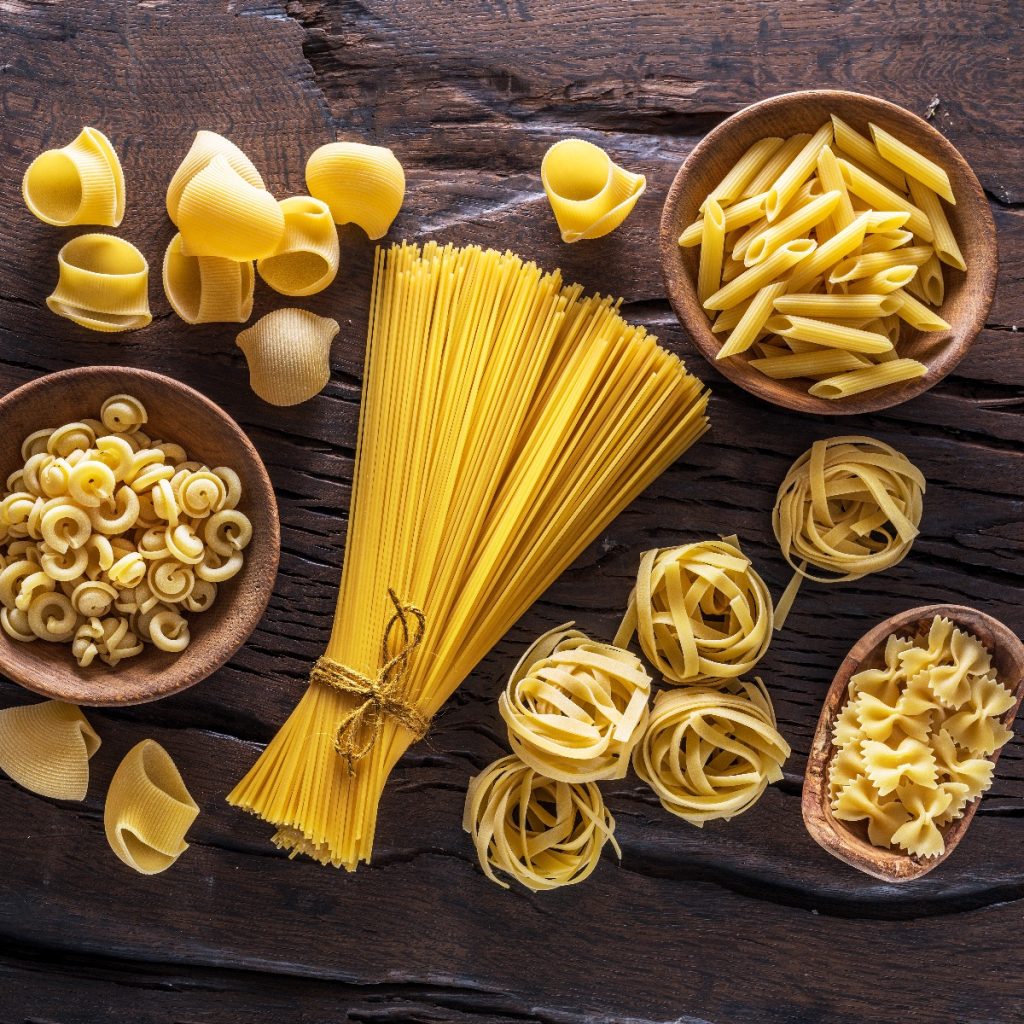
- Thomas Jefferson is said to have introduced pasta to America. He first encountered pasta during a trip to Naples, Italy, in 1787 and later served it at a state dinner at the White House in 1802.
- The world’s largest bowl of spaghetti was made in 2010 in California. The bowl measured 12 feet in diameter and contained 13,780 pounds of pasta and sauce.
- The word “pasta” comes from the Italian word for “paste,” which refers to the dough used to make pasta.
- In 2016, archaeologists uncovered a 4,000-year-old pot of noodles in China. The noodles were made from millet and were similar to modern-day noodles.
- Italy has more than 600 pasta shapes, and each region has its own unique varieties. An entire museum dedicated to pasta in Rome is called the Museo Nazionale delle Paste Alimentari.
Pasta and noodles are both types of dishes made from dough, but there are some differences between them.
The term “pasta” typically refers to Italian-style noodles made from a dough of wheat flour and water, sometimes with the addition of eggs. The dough is usually rolled out, shaped into various forms, and then boiled until cooked. Pasta is typically served with a variety of sauces and accompaniments.
On the other hand, the term “noodles” is often used to refer to Asian-style dishes made from a dough of wheat, rice, or other grains. Noodles can be made in various shapes and sizes, including thin, flat noodles like Japanese udon, thick and chewy noodles like Chinese lo mein, and thin, translucent noodles like Vietnamese pho. Noodles are typically boiled until cooked and served with various sauces and accompaniments.
Another difference between pasta and noodles is the type of flour used. Pasta is traditionally made with semolina flour, made from durum wheat, while noodles can be made with various flours, including wheat, rice, and mung bean.
While pasta and noodles are made from dough, they have different origins, ingredients, and cooking methods.
There are many unusual and unique shapes of pasta, but some of the strangest include:
- Cascatelli: This is a new shape of pasta that a chef in the United States developed. It resembles a waterfall or a cascading ribbon and has a textured surface that helps it hold onto the sauce.
- Sagne ‘ncannulate: This type of pasta from Southern Italy looks like a long, thin tube with ridges on the outside. The pasta is traditionally made by wrapping the dough around a thin metal rod to create a tube shape.
- Trofie: This is a type of pasta from Liguria, Italy, that looks like a small, twisted piece of rope. It is traditionally made by rolling small pieces of dough between your palms to create a twisted shape.
- Garganelli: This type of pasta from Emilia-Romagna, Italy, looks like a small tube with ridges on the outside. It is traditionally made by rolling small squares of pasta dough around a thin rod, then pressing the dough together to create the ridges.
- Conchiglie: This is a type of pasta that looks like a seashell. It is often used in pasta salads and seafood dishes.
- Ingredients: Fresh pasta is typically made with just flour and eggs, while dried pasta is made with durum wheat semolina and water.
- Texture: Fresh pasta is usually softer and more delicate in texture than dried pasta. It also has a higher moisture content, which gives it a tender, chewy texture.
- Flavor: Fresh pasta has a richer, more egg-like flavor than dried pasta, which has a more neutral flavor.
- Shelf life: Fresh pasta is perishable and should be used within a few days of making, while dried pasta can be stored for months or even years.
- Cooking time: Fresh pasta cooks much faster than dried pasta, usually in just a few minutes, while dried pasta can take 8-12 minutes to cook.
- Sauces: Fresh pasta pairs well with lighter sauces, such as simple tomato sauces or olive oil and garlic, while dried pasta can hold up to heartier sauces, such as meat ragùs.
- Availability: Fresh pasta is usually only available in specialty stores or made at home, while dried pasta is widely available in supermarkets.
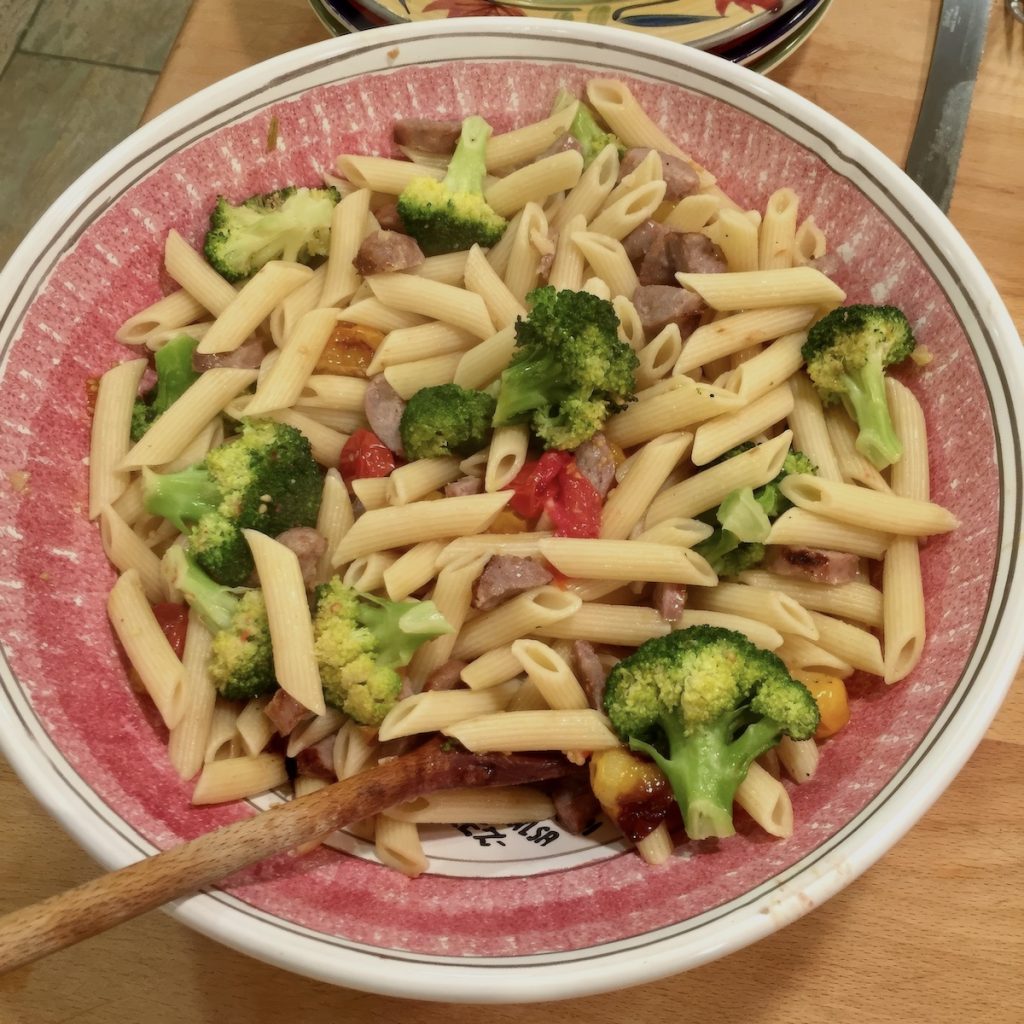
- Ingredients: High-quality pasta is typically made with top-quality ingredients, such as high-protein durum wheat semolina and fresh eggs.
- Processing: The way pasta is processed can affect its quality. Pasta made with traditional methods, such as slow-drying at low temperatures, is often considered higher quality than pasta that is mass-produced with modern equipment.
- Texture: High-quality pasta should have a smooth, uniform texture and consistent thickness throughout. It should also have a firm, chewy texture that holds up well when cooked.
- Color: High-quality pasta should have a bright, golden color, which indicates that it is made with high-quality durum wheat semolina.
- Flavor: High-quality pasta should have a rich, nutty flavor from the durum wheat semolina used to make it.
- Shape: The shape of the pasta can also affect its quality. Pasta shaped with traditional bronze dies often considered higher quality than pasta shaped with modern Teflon dies, as the rough surface of the bronze dies gives the pasta a better texture.
- Price: While price is not always an indicator of quality, high-quality pasta is often more expensive than lower-quality pasta, made with better ingredients and processed with more care.
The dies used to make pasta can affect the quality and texture of the pasta. There are two main types of dies: bronze dies, and Teflon dies.
Bronze dies are traditional and have been used for centuries. They are made of bronze, a hard metal alloy resistant to wear and tear. The bronze’s surface is rough, giving the pasta a slightly rough texture. This texture allows the pasta to better hold onto sauces, giving it a more satisfying eating experience.
Teflon Dies, on the other hand, is a modern innovation. They are made of a smooth, non-stick material designed to make pasta production faster and more efficient. However, while Teflon dies are easier to clean and can produce large quantities of pasta quickly, the die’s smooth surface can result in a smoother texture that is not as good at holding onto sauces.
Some pasta makers use a combination of bronze and Teflon dies, using the Teflon dies to shape the pasta and then using the bronze dies to add texture to the pasta. This allows them to quickly produce large quantities of pasta while maintaining some of the traditional qualities of bronze-die pasta.
Generally, pasta made with bronze dies is considered of higher quality than Teflon dies. However, it’s important to note that the type of die used is just one factor that can affect the quality of pasta. The quality of the ingredients, the processing methods, and the skill of the pasta maker can all play a role in determining the overall quality of the pasta.
High-protein durum wheat semolina is typically considered to be the best type of wheat to use in making high-quality pasta. Durum wheat is a hard, high-protein wheat ideal for making pasta because it holds its shape and texture well when cooked.
The quality of durum wheat can vary depending on where it is grown and how it is processed. Some of the best durum wheat semolina comes from Italy, particularly from the regions of Puglia, Sicily, and Molise. These regions have a long history of producing high-quality durum wheat, and their climate and soil are well-suited to growing this crop.
However, durum wheat is also grown in other parts of the world, including the United States, Canada, and Australia. Some of the durum wheat grown in these countries is also considered high-quality and can be used to make excellent pasta.
Ultimately, the quality of the durum wheat semolina used to make pasta depends on many factors, including the variety of wheat, the climate and soil in which it is grown, and the processing methods used to turn it into semolina. Therefore, the best way to determine the quality of a particular pasta brand is to try it and see how it tastes and feels when cooked.
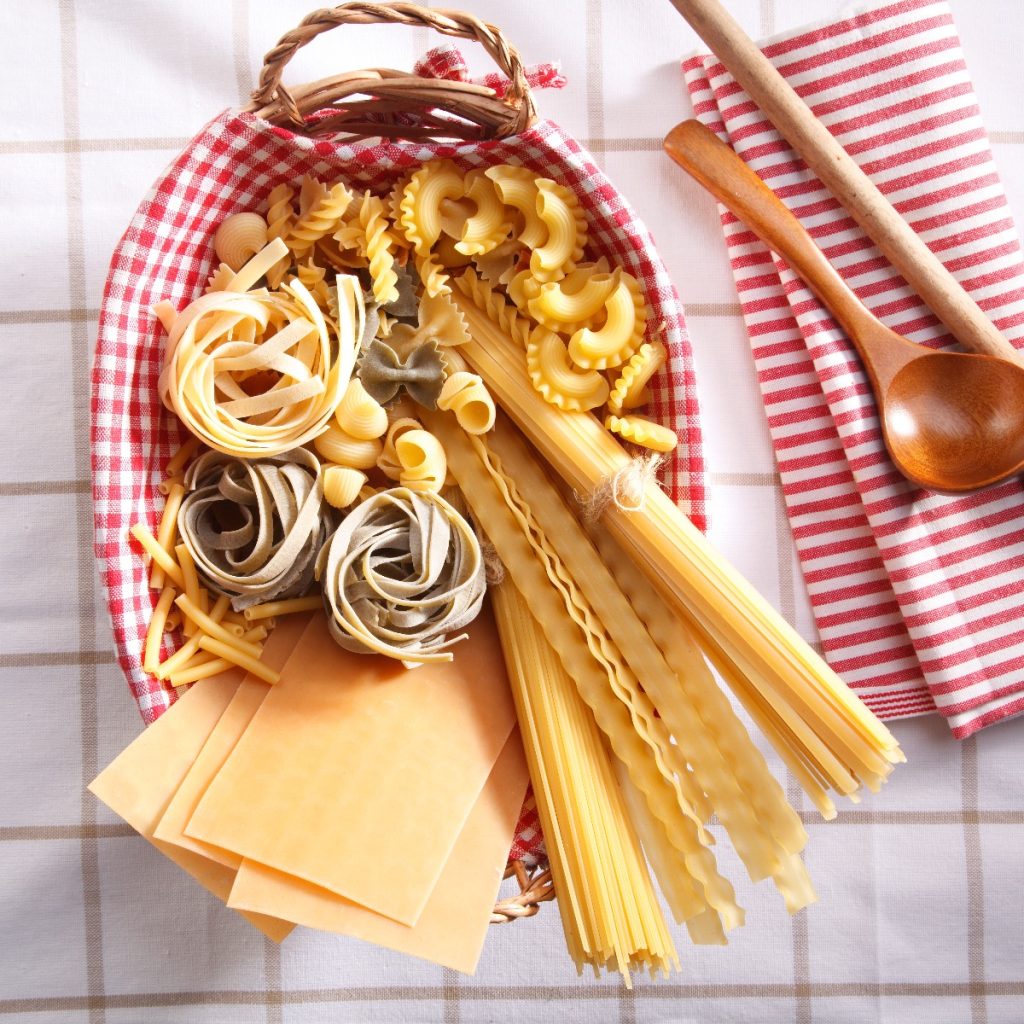
The quality of pasta can vary depending on many factors, including the ingredients, production methods, and the skill of the pasta maker. While pasta made in Italy is often associated with high quality, it’s important to note that many excellent pasta producers exist in the United States.
Imported pasta from Italy is often made with high-quality durum wheat semolina and traditional production methods, such as bronze dies and slow drying. Additionally, Italian pasta makers have a long history of producing high-quality pasta and have developed a wealth of knowledge and expertise.
However, pasta made in the United States can also be high quality. Many American pasta makers use high-quality ingredients, traditional production methods, and innovative techniques to produce excellent pasta. Additionally, buying pasta made in the United States can be more environmentally friendly and cost-effective, as it doesn’t need to be shipped from overseas.
Ultimately, the best way to determine the quality of a particular pasta is to try it and see how it tastes and feels when cooked. Many excellent pasta brands exist in Italy and the United States, so it’s a matter of personal preference and taste.
Slow drying is an essential step in the production of high-quality pasta. When pasta is dried slowly, it helps to preserve the texture, flavor, and nutritional content of the pasta.
During the slow drying process, the pasta is hung or laid out on racks in a well-ventilated area for several days. This allows the moisture to evaporate slowly, helping to prevent the pasta from cracking or becoming brittle. The slow drying process also helps to develop the pasta’s flavor by allowing the starches to hydrate fully and the proteins to denature, resulting in a richer, more complex flavor.
In addition to preserving the texture and flavor of the pasta, slow drying also helps maintain the pasta’s nutritional content. When pasta is dried quickly at high temperatures, some nutrients, such as B vitamins and minerals, may be lost. Slow drying at lower temperatures helps preserve the pasta’s nutritional value.
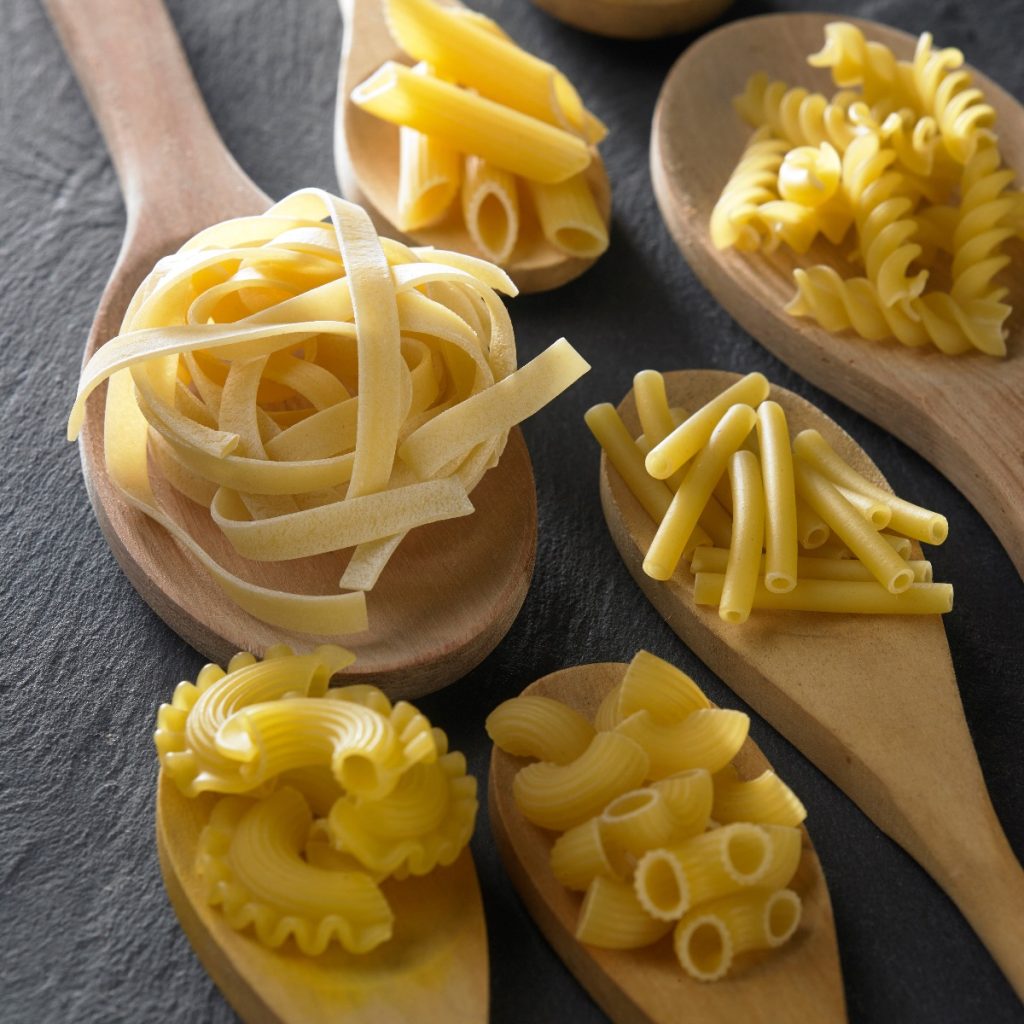
Bow tie pasta, also known as farfalle in Italian, is a type of pasta that is shaped like a butterfly or bow tie. Here is a general overview of how it is made:
- Make the dough: The dough for farfalle pasta is typically made from semolina flour and water, which is mixed together to form a smooth, firm dough.
- Roll out the dough: The dough is then rolled out into thin sheets using a rolling pin or pasta machine.
- Cut the dough: Once rolled out, it is cut into small rectangles, usually about 1-2 inches long and 1 inch wide.
- Pinch the center: Using your fingers, pinch the center of each rectangle together to create a distinctive bow tie shape. You can also use a special farfalle cutter to create a more uniform shape.
- Dry the pasta: The farfalle is left to dry for several hours or overnight, depending on the humidity and temperature of the drying environment.
- Cook the pasta: Once the farfalle is dry, it can be cooked in a pot of salted boiling water for a few minutes until it is al dente.
Commercially produced bow tie pasta is made similarly to homemade pasta but on a much larger scale. Here’s a general overview of how commercial bow tie pasta is made:
- Mixing the dough: Commercial pasta makers use a blend of durum wheat semolina and water to make the pasta dough. First, the ingredients are mixed together in large machines until a uniform dough is formed.
- Extruding the pasta: The pasta dough is then extruded through a pasta extruder, which shapes the pasta into the desired shape. For farfalle pasta, the extruder uses special molds that cut and shape the pasta into small rectangles with a pinched center to form the bow tie shape.
- Drying the pasta: The fresh pasta is dried in large commercial dryers. The drying process can take several hours to a few days depending on the size and thickness of the pasta.
- Packaging the pasta: Once dry, it is packaged and shipped to retailers or distributors.
Commercially produced bow tie pasta is often made using industrial equipment and techniques that ensure consistent quality and quantity. Some commercial pasta makers also use unique blends of durum wheat semolina to produce higher-quality pasta. However, the basic process of making commercial pasta is similar to homemade pasta, with the main difference being the production scale.

